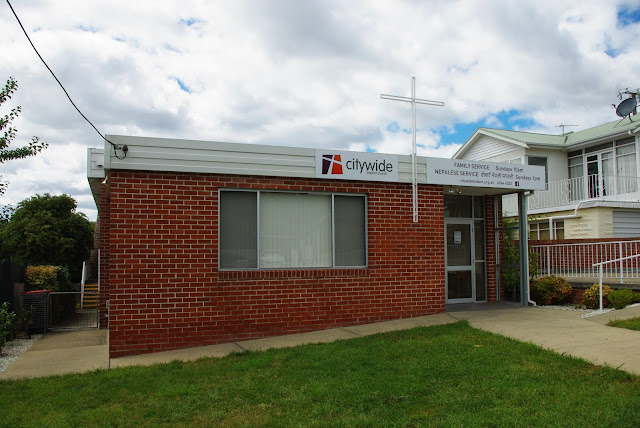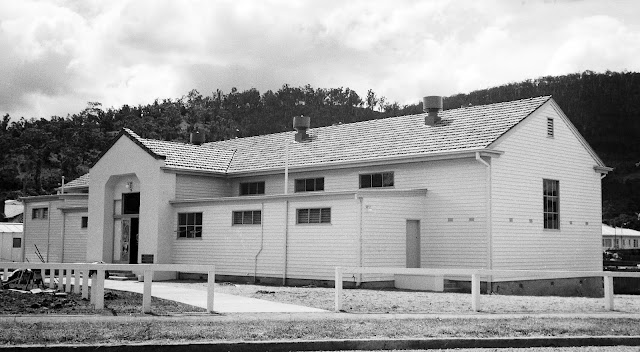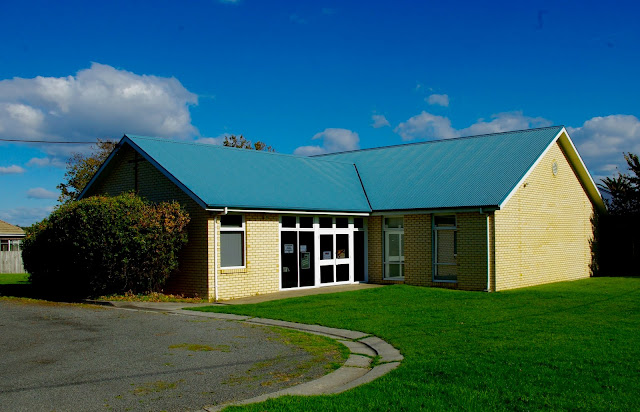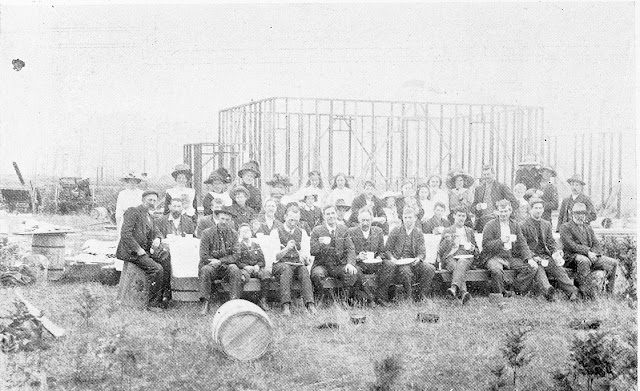No. 923 - Hobart - Murray Street Quaker Meeting House (1837-1960)

The Religious Society of Friends, or Quakers have had a presence in Tasmania for almost 200 years. This blog entry will review the Quakers first meeting house which was established on Murray Street. This article is substantially based on the University of Tasmania’s Companion to Tasmanian History which was developed by the Centre for Tasmanian Historical Studies. The history of the the ‘Society of Friends’ dates back to the early 1830s when two English Quakers, James Backhouse and George Washington Walker visited Van Diemen's Land with a mission to investigate contemporary Quaker concerns: the treatment of convicts and Aborigines, promoting temperance, and preaching the Gospel to settlers. The first Quaker meeting for worship in Australia took place in Hobart on 12 February 1832. Encouraged by Lt-Governor Arthur, Backhouse and Walker spent three years visiting almost every convict and Aboriginal settlement. Detailed reports to to Governor Arthur as well as the Colonial Office and...












